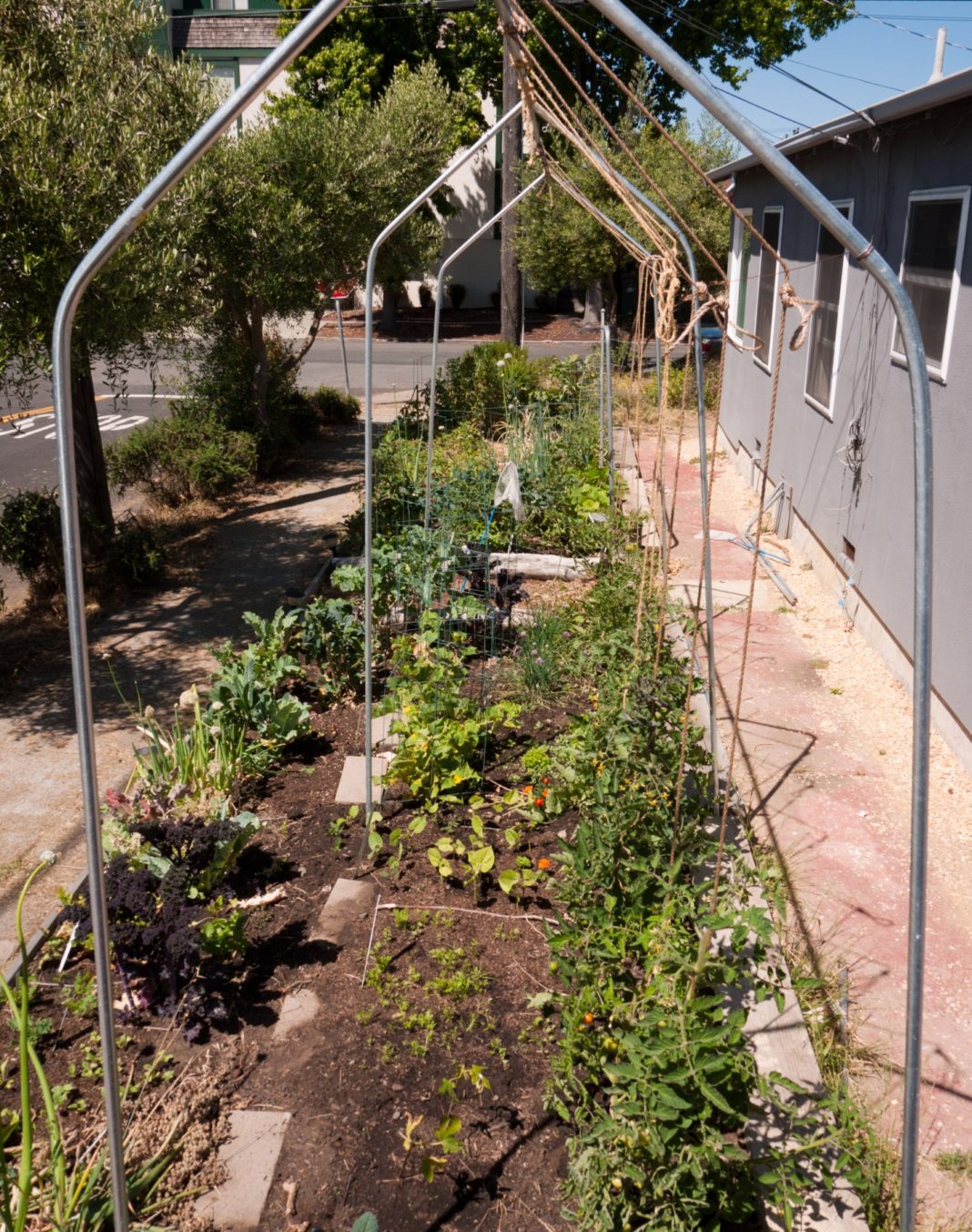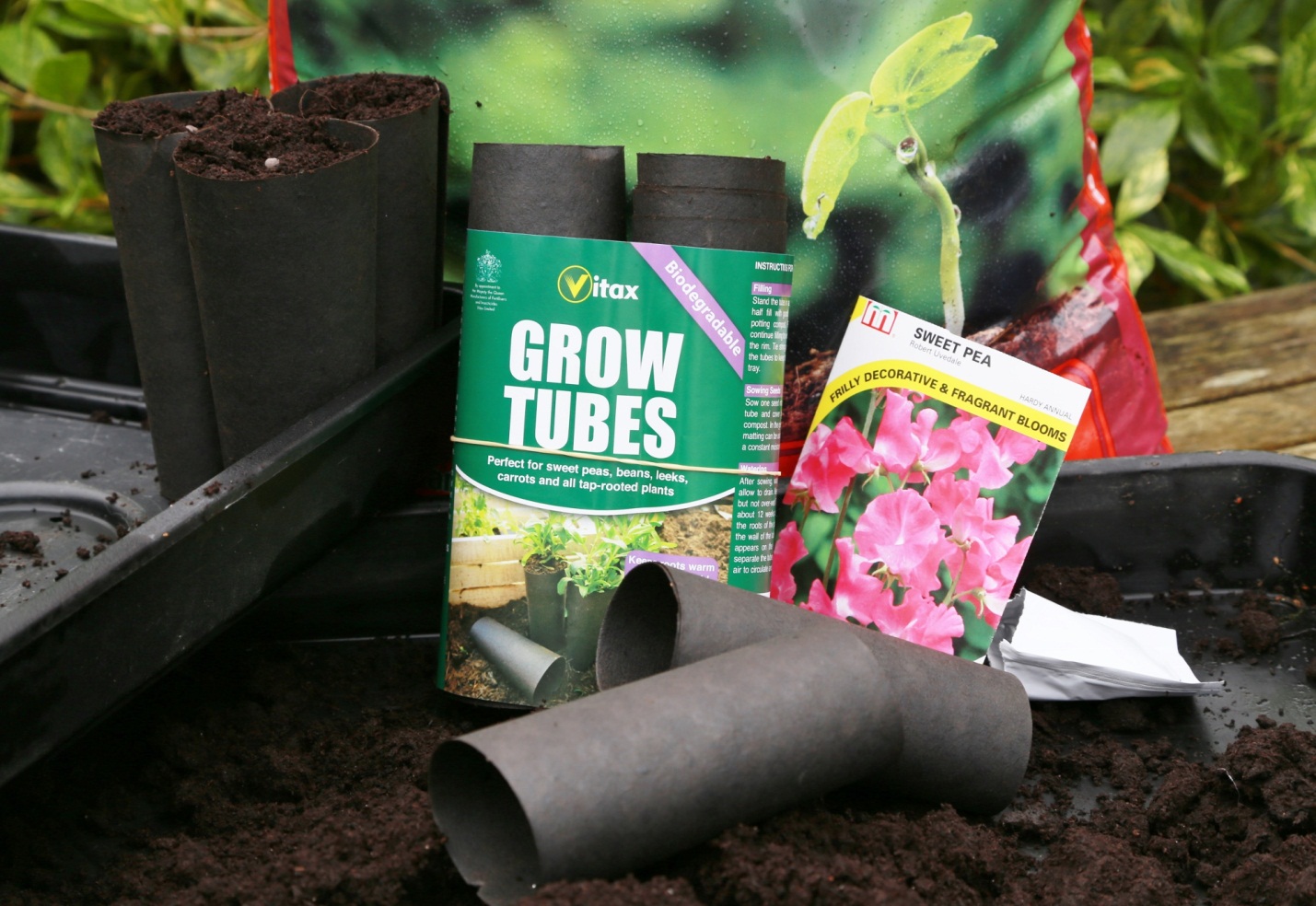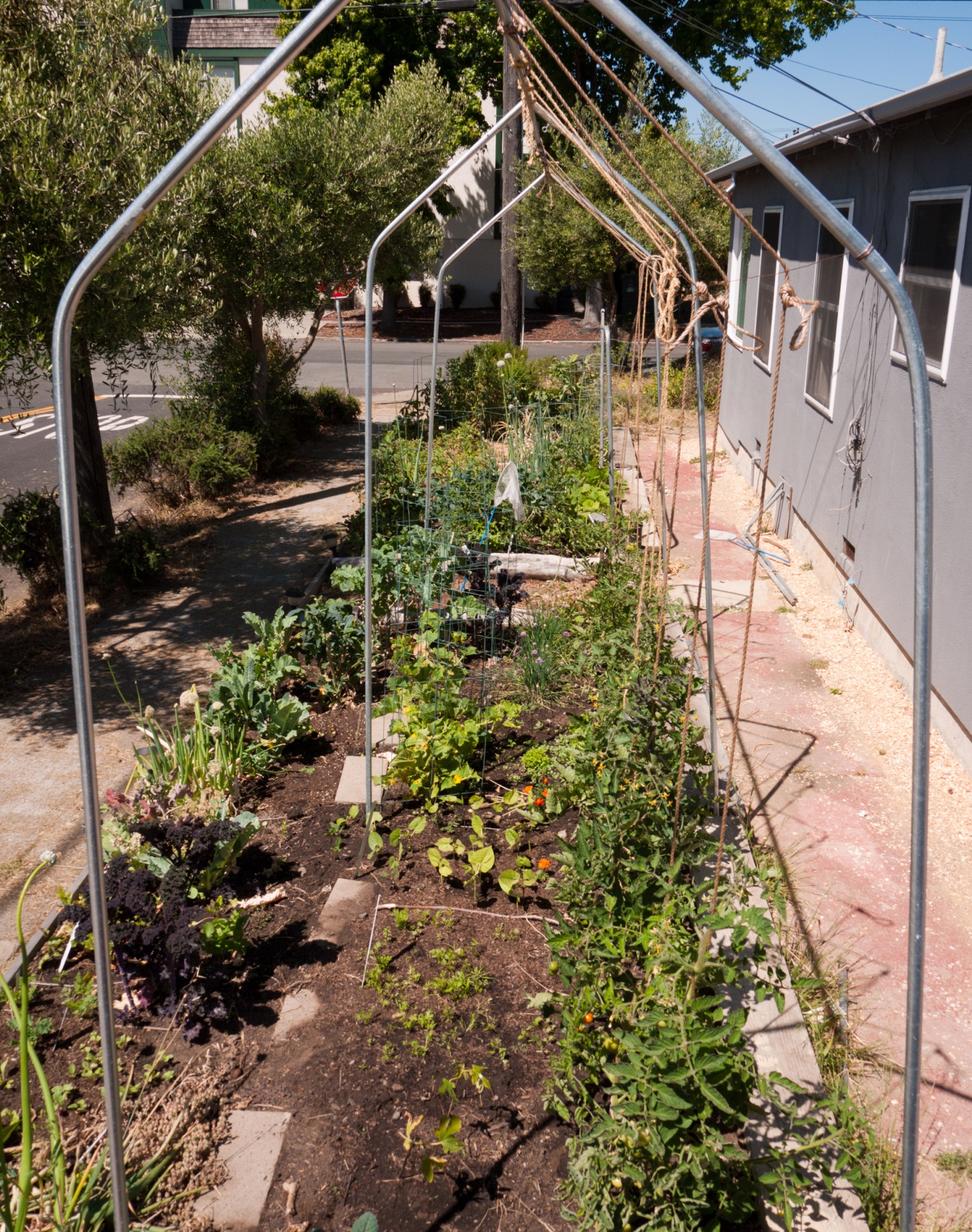Hydroponics is an offshoot of hydro-culture, which is the developing of plants in a medium other than soil, preferably water or supplement solutions. Hydroponic growing uses mineral supplements for growing the plants in water, in absence of soil and in the end getting the same results.
For those of us who adore gardening these are lovely circumstances surely. We are never again restricted by atmosphere or via season in the quest for our innocuous passion.
We would now be able to have essentially any plant in our garden at for all needs and purposes whenever we want – the main restriction is our creative ability.
The easy to use, beneficial hydroponic frameworks now accessible, combined with modern lightning techniques, have changed our activity and liberated us to develop our most loved plants where and when we feel like.
Here we present you the beginners guide for setting up a hydroponics garden in your home.
Don’t worry, just a piece of cake!
1. Location
Set up the hydroponic framework in a specialized place which should be covered well, for example, a nursery or the inside room of your home, or on an outside car porch or veranda. The floor ought to be leveled such so that it ensures even supply of water and supplements to the plants. If at all you are putting the system outside, shield it from the external factors, for example, placing a wind shield, and checking the water levels regularly in case it evaporates fast. During chilly days, bring the hydroponic garden inside. In case if it is set up in an inner room of your home, add develop lights to give supplemental lighting to the plants as they serve as the best supplement for sunlight.
2. Assembling the Hydroponic system
The hydroponic system comprises of six developing tubes made of 6″ PVC pipe, a stand and trellis made of PVC, a 50-gallon supplement tank, a pump and a manifold.
The tank is placed under the table of 6″ PVC developing tubes while assembling the hydroponic system whereas the pump inside the tank to ease supplements through to the plants by means of multifold PVC channels and plastic tubes. Each developing tube has a drainpipe that leads back to the tank which means not much water is lost in the whole process.
 The multifold PVC channels are placed over the funnels and they dissipate pressurized water to the tubes for maximized water coverage to all plants. To get the supplements to the plants in this framework, water is pushed through a square of PVC, the multifold channels, and after that it gets shot out to little plastic tubes that keep running inside each of the bigger developing tubes.
The multifold PVC channels are placed over the funnels and they dissipate pressurized water to the tubes for maximized water coverage to all plants. To get the supplements to the plants in this framework, water is pushed through a square of PVC, the multifold channels, and after that it gets shot out to little plastic tubes that keep running inside each of the bigger developing tubes.
The supplement tubes have little openings in them, one gap between each plant site. The supplements shoot out the opening and sprinkle water on the plant roots. In the meantime, the stream of water makes air bubbles so the plants get enough oxygen.
3. Setting up the solution
Fill the 50-gallon tank with water. At that point add calculated amount of supplements to the tank (or as prescribed by the fertilizer packing), turn on the pump and let the hydroponic system keep running for around 30 minutes to get the greater part of the supplements blended altogether.
4. Planting in grow tubes
One of the simplest approach to plant a hydroponic garden is to utilize seedlings that are readily available in the market, particularly in case you lack time to grow the seeds at your own.
The key is to pick the most beneficial plants you can discover and afterward expel the majority of the dirt off their underlying foundations.
To wash the soil off the roots, wash off the root hairs in a container or bucket of cool water. Water that is too warm or excessively frosty can cease plant growth later and might also kill the cells. Tenderly wash the roots to get the dirt out by washing each of them separately. Any left on the roots could block the holes in the supplement tubes that are meant for providing nutrition.
After the roots are completely cleaned, pull as many roots as you can through the base of the planting glass and after that for additional support, add extended earth stones to hold the plant set up. The extended mud rocks are hard, but at the same time they’re light so they don’t harm the plant roots.
5. Setup and test the Hydroponic system
Clip the plant using clips and string to the trellis. The string will give them support to climb straight up as they are tightly wound around it, which creates more space in this limited area.
Attach the string freely to as high as you can at the trellis, join the clips and string to the base of each plant just near the roots and tenderly fasten the tips of the plants around the string for more support.
Check the water levels day by day. If you are living in hotter climate conditions, it might be important to check it twice per day, as it is subjected to water loss because of higher temperatures and dissipation.
Check the pH and supplement levels each couple of days. Since the pump runs full time, you needn’t bother with a clock, however ensure the tank doesn’t dry out or the pump will blow off.
6. Monitor and inspect plants regularly
Just as ten to fifteen days pass of planting, the plants will totally cover the trellis since they’ll have all the water and supplements they have to develop rapidly. It’s imperative to watch out for plant development and tie or clasp the plant stalks if they are displaced after each couple of days.
Search for indications of irritations and illnesses, for example, the nearness of pests and bugs, bitten leaves and foliar sicknesses. One sick plant can ruin all the various ones since they are located close and infection might spread very fast.
In this case evacuate any infected plants as soon as possible. Since plants developed hydroponically don’t need to spend their vitality attempting to look for nutrients, they can invest more energy growing.
This causes them to be more beneficial and more grounded in light of the fact that they can utilize some of that vitality to fight off infections. Since the leaves of the plants never get wet unless it downpours, they’re substantially less prone to get leaf fungus, mildew or molds.
Despite the fact that hydroponic plants are great at preventing illnesses, regardless they need to battle external agents. Regardless of the possibility that it’s hydroponic, bugs and caterpillars can all things considered discover a path into the garden. Pick off and eliminate any bugs you see.
Conclusion
Hydroponics are no doubt the future of horticulture as the land is for sure limited; but, our requirements are boosting exponentially.
What as a horticulturist we should do is, we should aim at getting the maximum out of the resources we have!
Story by: bowden micheal



